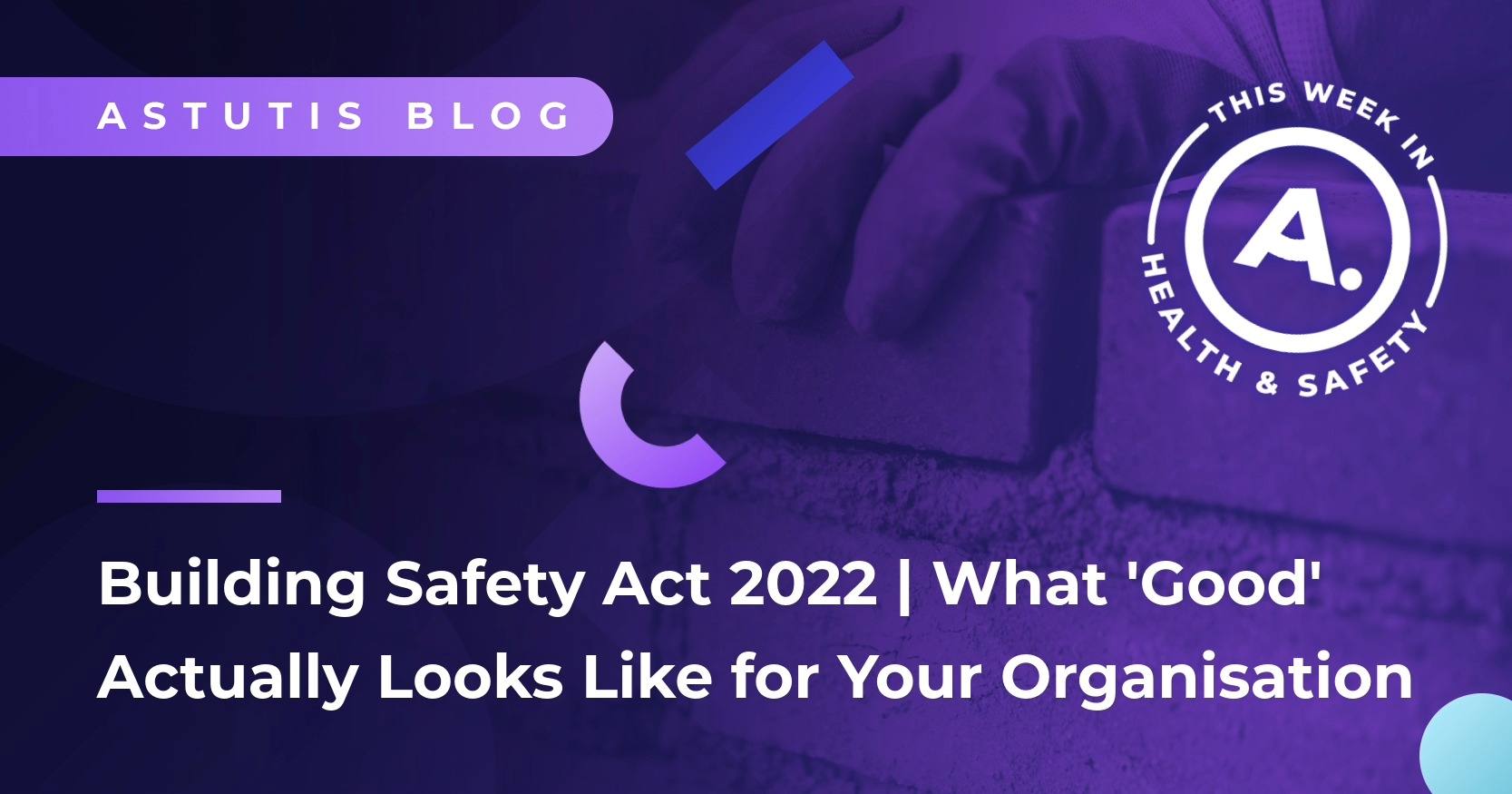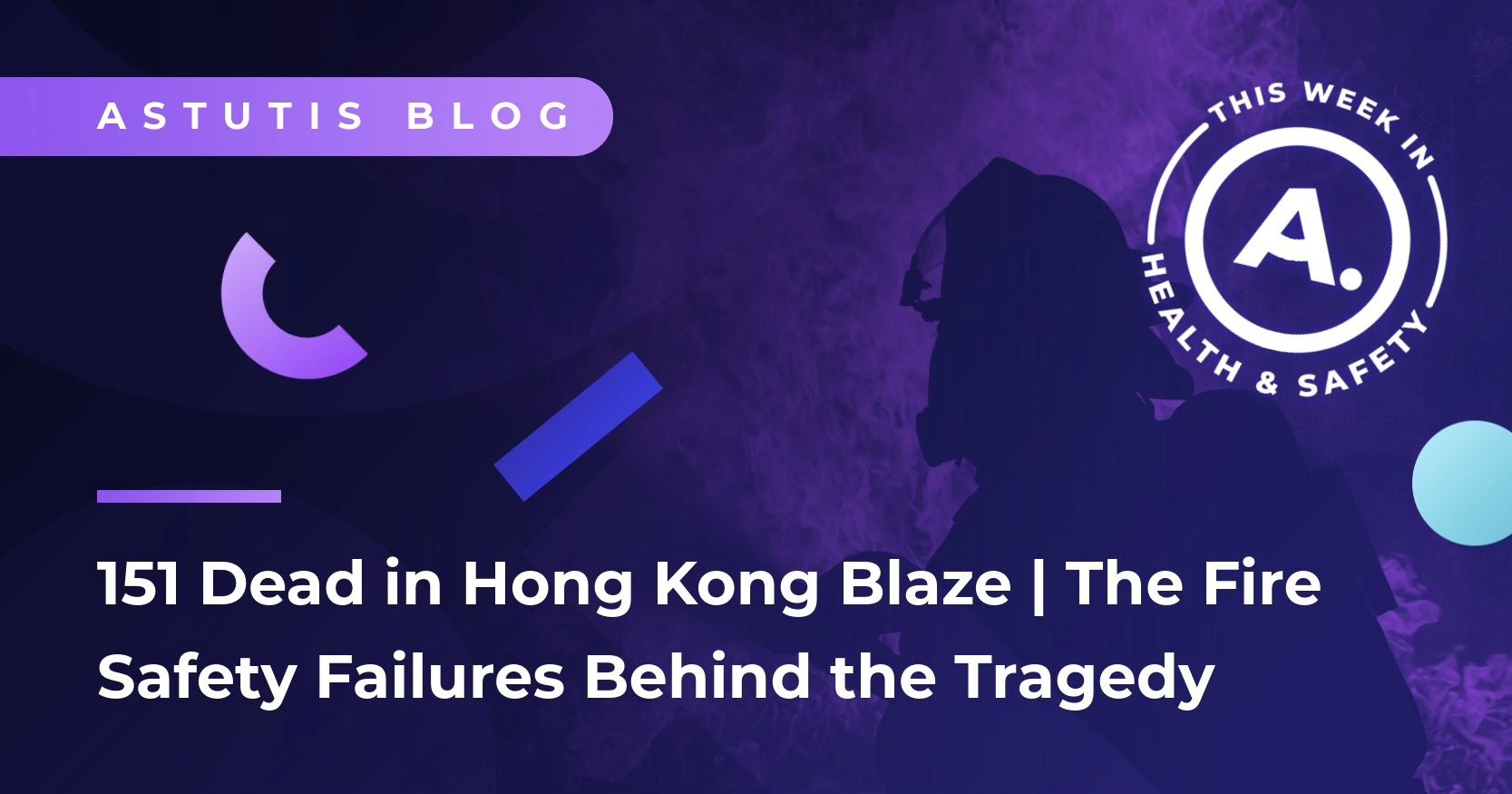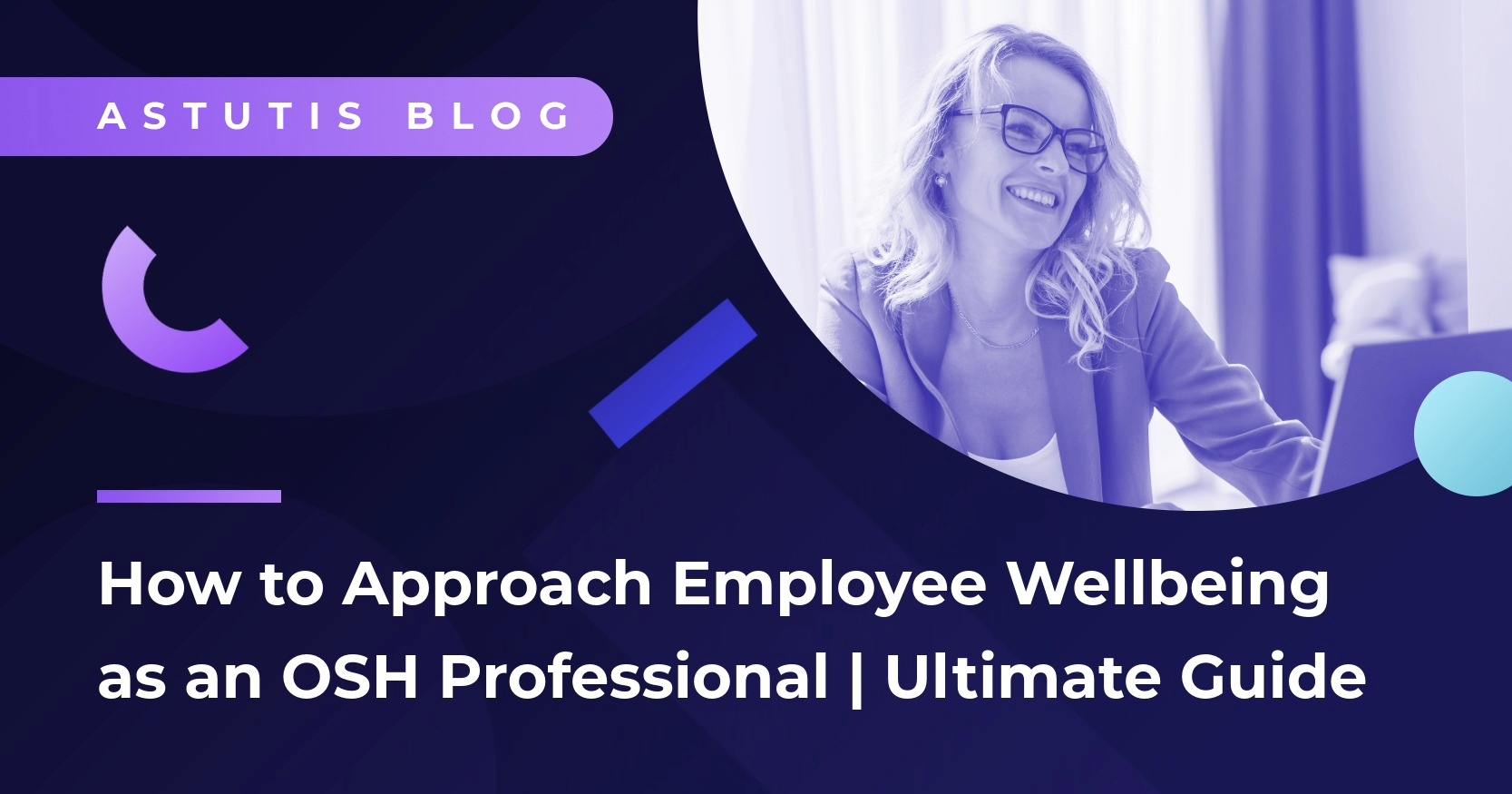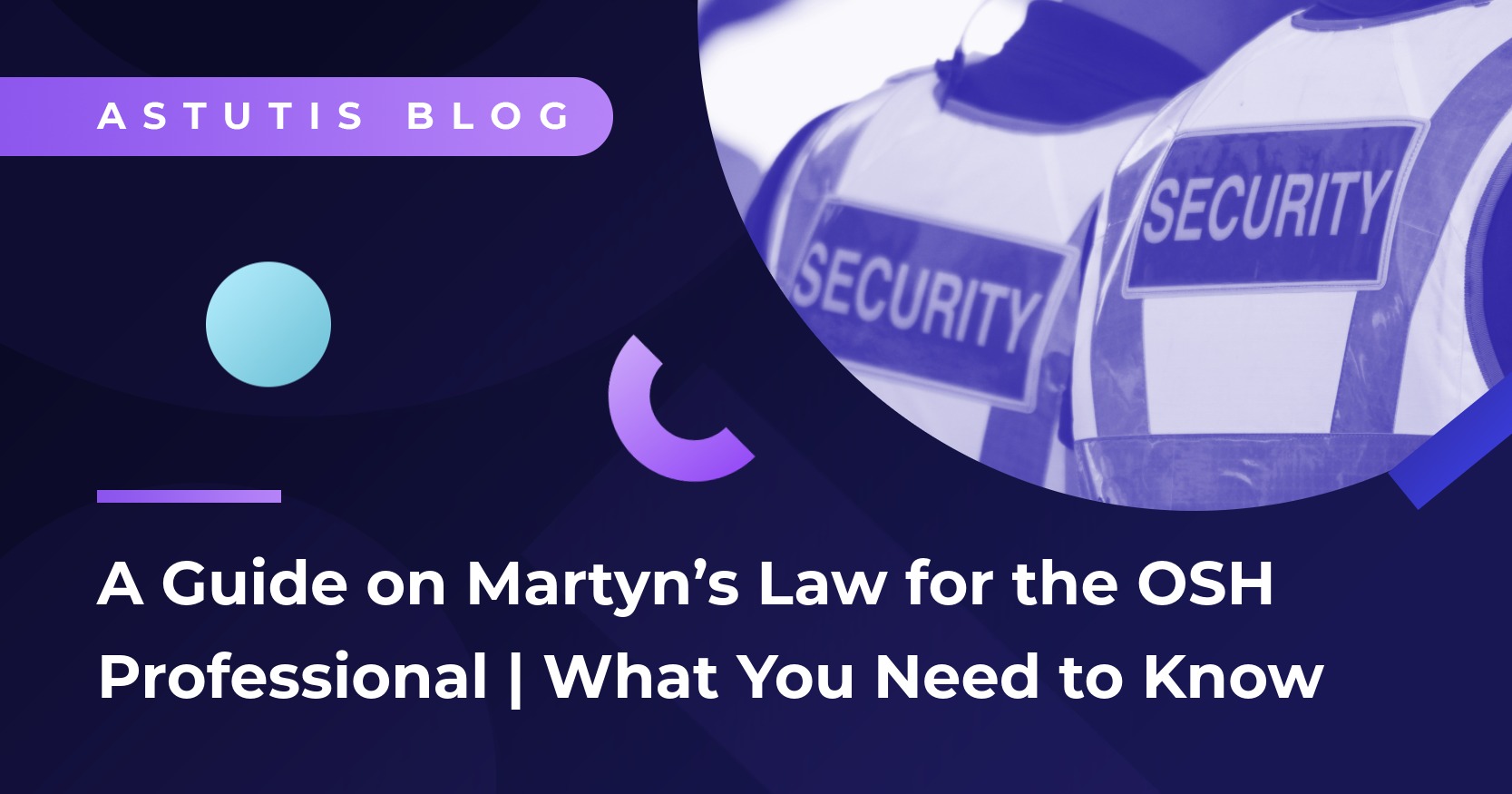CDM Roles and Responsibilities - CDM 2015 Duty Holders
This blog was updated in August 2023
In light of the Construction (Design & Management) Regulations (CDM) 2015 having been published to replace CDM 2007 enforced 6 April 2015, here is an outline of all duty holders involved in a construction project and their duties.
Clients
Clients are organisations or individuals for whom a construction project is carried out. Make suitable arrangements for managing a project. This includes making sure:
- Domestic Clients Other duty holders are appointed
- Sufficient time and resources are allocated
- Relevant information is prepared and provided to other duty holders
- The principal designer and principal contractor carry out their duties
- Welfare facilities are provided
Domestic clients are people who have construction work carried out on their own home, or the home of a family member that is not done as part of a business, whether for profit or not.
Domestic clients are in the scope of CDM 2015, but their duties as a client are normally transferred to the contractor on a single contractor project, or the principal contractor, on a project involving more than one contractor. However, the domestic client can choose to have a written agreement with the principal designer to carry out the client duties.
Designers
Designers are those, who as part of a business, prepare or modify designs for a building, product or system relating to construction work.
- When preparing or modifying designs, to eliminate, reduce or control foreseeable risks that may arise during construction, and the maintenance and use of a building once it is built.
- Provide information to other members of the project team to help them fulfil their duties.
Principal Designers
Principal designers are designers appointed by the client in projects involving more than one contractor. They can be an organisation or an individual with sufficient knowledge, experience and ability to carry out the role.
They must plan, manage, monitor and coordinate health and safety in the pre-construction phase of a project. This includes:
- Identifying, eliminating or controlling foreseeable risks
- Ensuring designers carry out their duties
- Prepare and provide relevant information to other duty holders
- Liaise with the principal contractor to help in the planning, management, monitoring and coordination of the construction phase.
Principal Contractors
Principal contractors are contractors appointed by the client to coordinate the construction phase of a project where it involves more than one contractor. They must plan, manage, monitor and coordinate the construction phase of a project. This includes:
- Contractors Liaising with the client and principal designer
- Preparing the construction phase plan
- Organising cooperation between contractors and coordinating their work, ensuring
- Suitable site inductions are provided
- Reasonable steps are taken to prevent unauthorised access
- Workers are consulted and engaged in securing their health and safety
- Welfare facilities are provided
Contractors are those who do the actual construction work and can be either an individual or a company. Their duties include:
- Plan, manage and monitor construction work under their control so that it is carried out without risks to health and safety
- For projects involving more than one contractor, coordinate their activities with others in the project team, in particular, comply with directions given to them by the principal designer or principal contractor
- For single-contractor projects, prepare a construction phase plan
Workers
Workers are the people who work for or under the control of contractors on a construction site. Workers must:
- Be consulted about matters which affect their health, safety and welfare
- Take care of their own health and safety and others who may be affected by their actions
- Report anything they see which is likely to endanger either their own or others’ health and safety
- Co-operate with their employer, fellow workers, contractors and other duty holders.
Our range of CDM courses provide in-depth explanations into the Construction (Design and Management) Regulations 2015. Click the buttons below to view our different CDM courses.
Related Blogs

Real Life Stories









